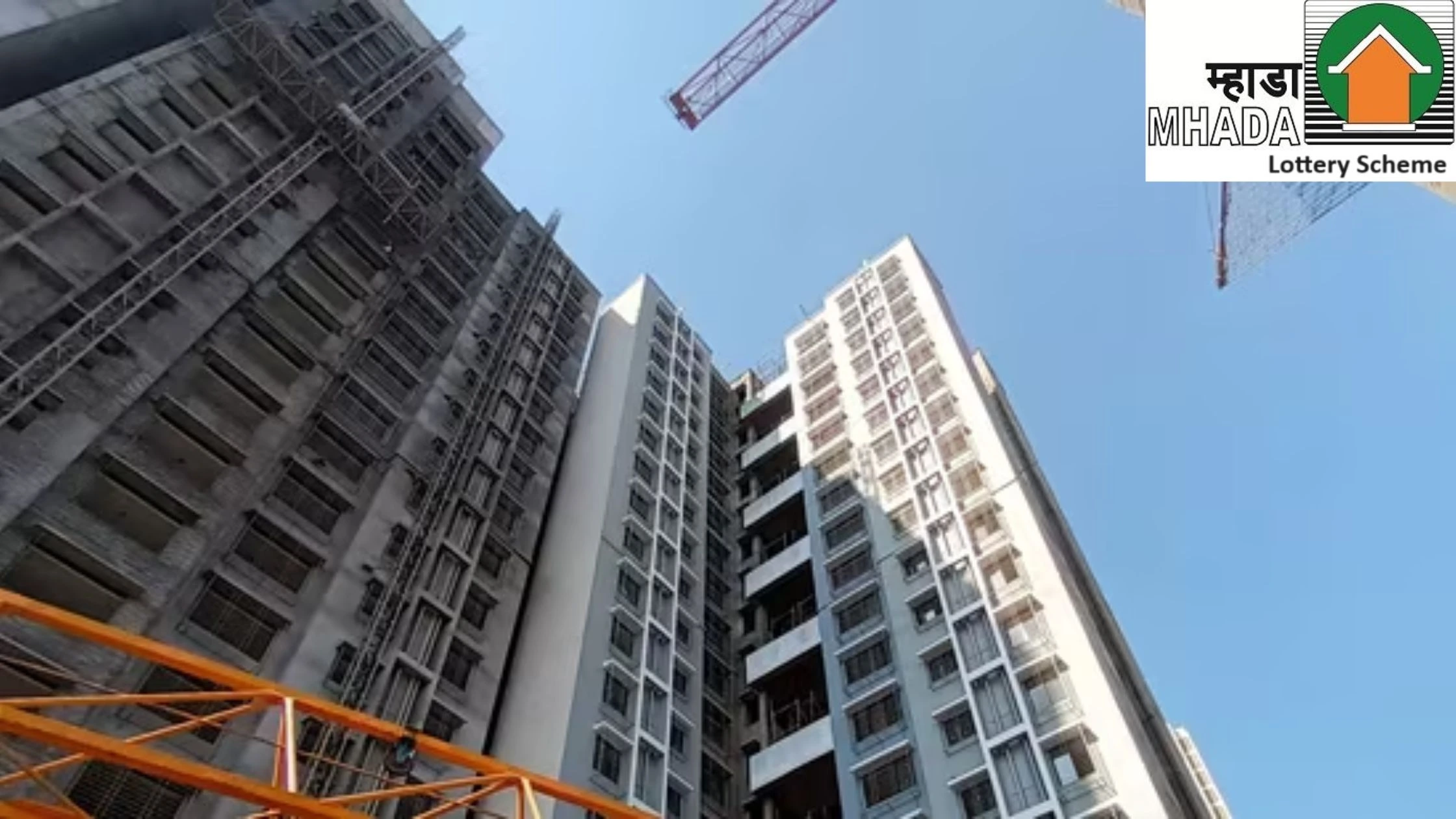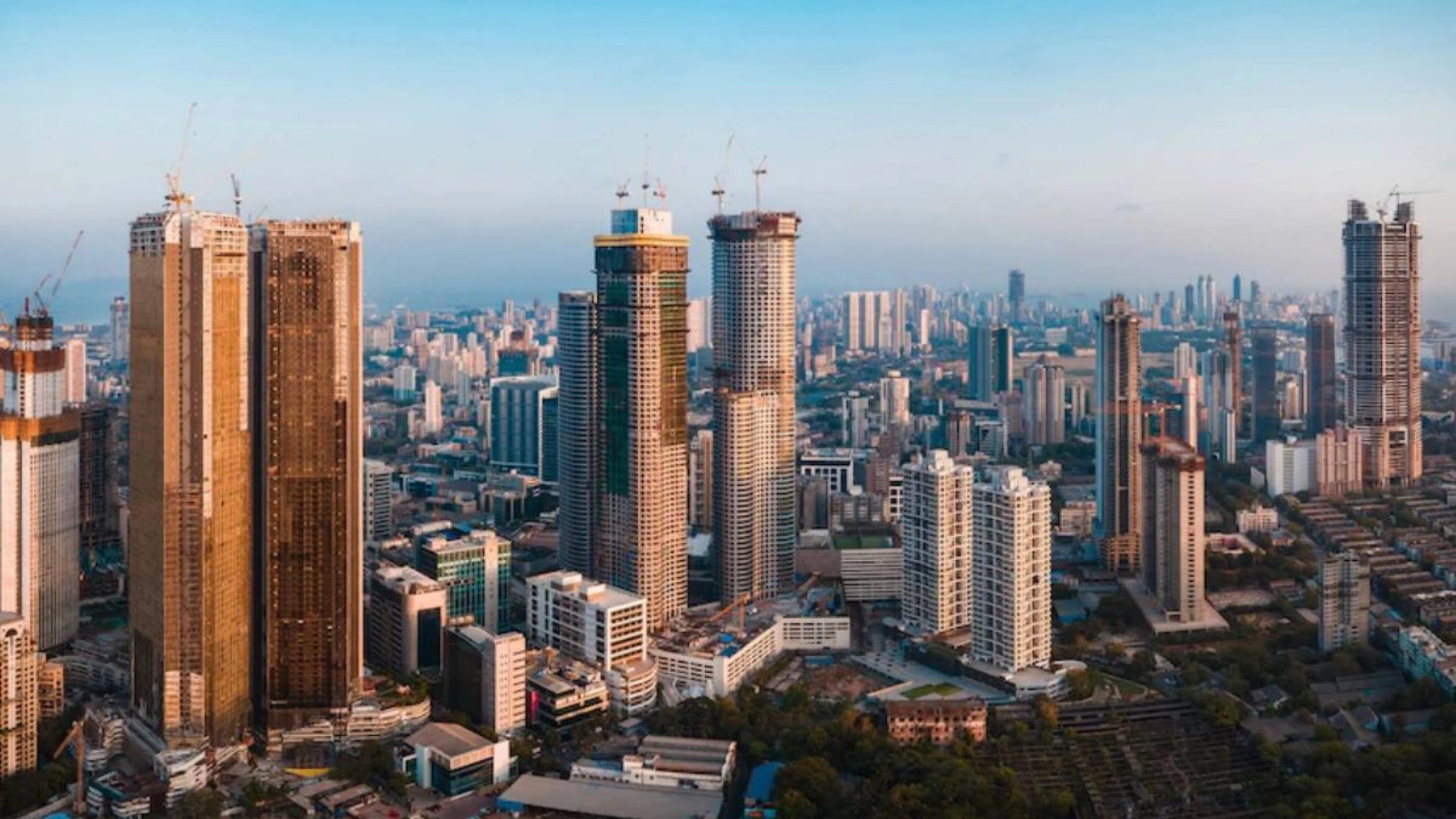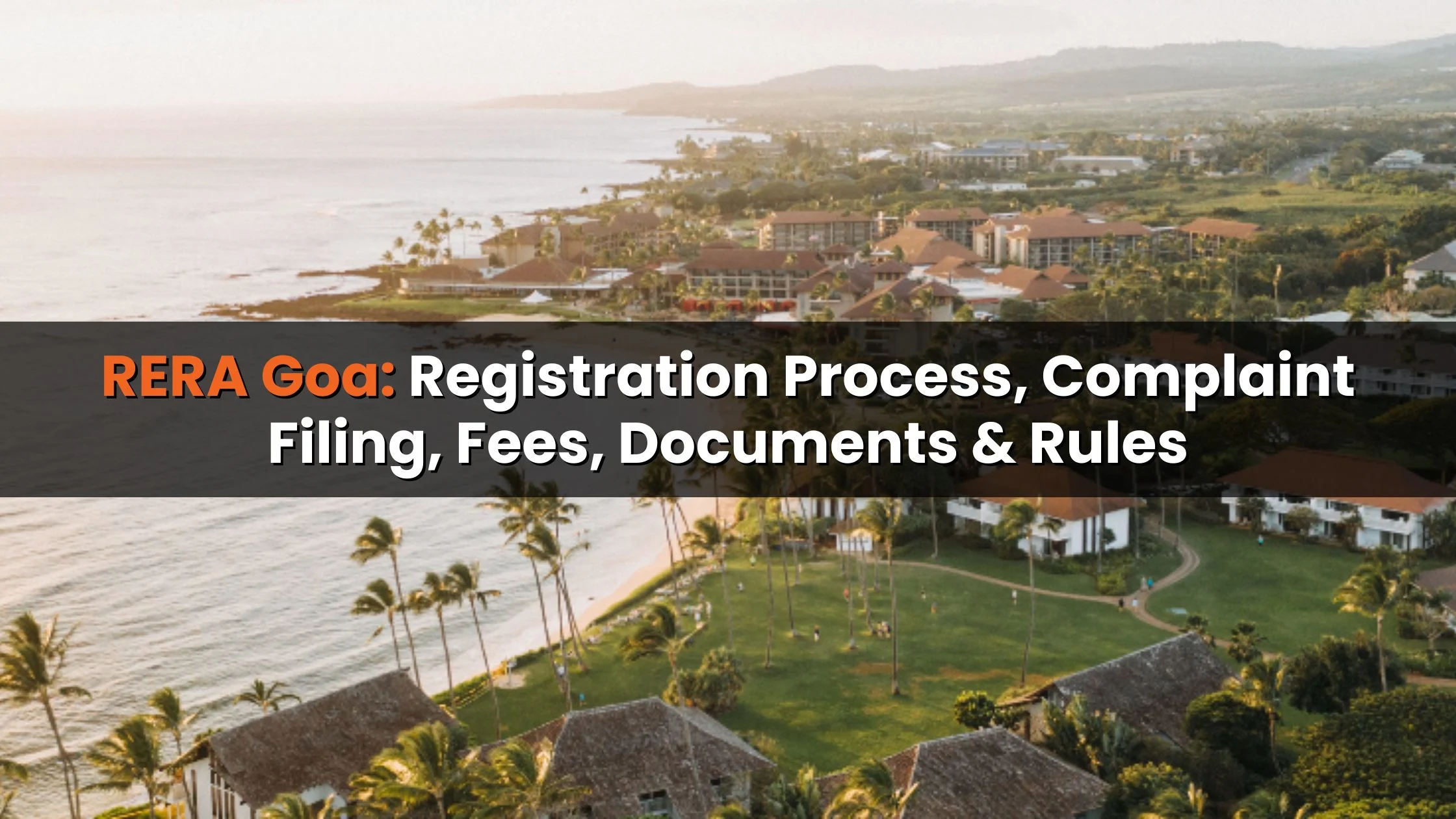Table of Content
- What GRAP 3 in Delhi-NCR Entails
- Developers’ Reaction: “Blanket Bans Disrupt the Housing Pipeline”
- Call for a Site-Specific Approach to GRAP 3 in Delhi-NCR
- NAREDCO-IIT Delhi Study: Practical Steps for Pollution-Safe Construction
- Developers Emphasize Compliance and Environmental Responsibility
- Balancing Public Health and Project Timelines
- Conclusion
Delhi’s air quality has once again plunged into the ‘severe’ category, prompting the Commission for Air Quality Management (CAQM) to enforce GRAP 3 in Delhi-NCR. Under this stage of the Graded Response Action Plan, most construction and demolition activities are banned to curb pollution.
However, real estate developers argue that a blanket ban could delay housing projects, impact possession timelines, and disrupt the sector’s recovery momentum. Industry bodies such as NAREDCO and CREDAI have urged the government to adopt a site-specific approach that balances environmental protection with project continuity.
What GRAP 3 in Delhi-NCR Entails
The Graded Response Action Plan (GRAP) is a government-mandated framework that specifies steps to be taken when air quality deteriorates. It comprises four stages from Stage I (“Poor”) to Stage IV (“Severe+”).
GRAP 3 in Delhi-NCR is invoked when air quality remains in the “severe” range for multiple days. This stage includes a ban on non-essential construction and demolition activities, restrictions on certain industrial operations, and intensified dust suppression measures.
According to CAQM, these measures are necessary to bring down PM2.5 and PM10 concentrations in the atmosphere. But for the real estate sector, one of the region’s major employment generators, these restrictions can have significant economic repercussions.
Also Read: India’s Office Demand in Q3 2025 Surges, Led by Bengaluru, NCR, and Mumbai
Developers’ Reaction: “Blanket Bans Disrupt the Housing Pipeline”
Real estate developers across the NCR have expressed concern that the enforcement of GRAP 3 in Delhi-NCR without differentiation could halt thousands of ongoing housing projects. They warn this could delay home deliveries and disrupt the housing supply pipeline.
NAREDCO President Praveen Jain emphasized that RERA-registered projects already follow strict environmental and construction norms. “Projects registered under RERA comply with dust control measures, waste management rules, and environmental monitoring. These regulated sites should be allowed to operate as essential construction under strict supervision,” he said.
Developers also point out that long-duration bans may affect employment and delay critical infrastructure that supports affordable housing and urban development. A more calibrated, data-driven approach, they argue, can mitigate pollution without derailing construction progress.
Call for a Site-Specific Approach to GRAP 3 in Delhi-NCR
Developers are urging the government to implement GRAP 3 in Delhi-NCR using site-specific data rather than applying an indiscriminate regional ban. Many construction sites in the NCR are already equipped with real-time air quality monitoring systems that share data directly with the Central Pollution Control Board (CPCB).
Industry experts propose that construction should be permitted at sites where AQI levels remain below the GRAP Stage III threshold. Such projects could continue operations under supervision, ensuring that only high-emission sites are temporarily halted.
This data-led approach, developers argue, would help balance public health needs with the economic importance of the real estate sector, which supports thousands of jobs and contributes significantly to state GDP.
NAREDCO-IIT Delhi Study: Practical Steps for Pollution-Safe Construction
A recent study by NAREDCO Haryana, in collaboration with IIT Delhi, offers practical recommendations for managing construction under GRAP 3 in Delhi-NCR. The study’s findings indicate that modern techniques and responsible practices can significantly reduce emissions even during active construction phases.
Some of the key recommendations include:
- Use of aluminum shuttering and monolithic construction methods, which minimize debris and reduce dust levels.
- Hydraulic rebar cutters instead of abrasive saws for reinforced bars, lowering particulate emissions.
- Painting and finishing work to continue, as studies show these contribute less than 11% to total site pollution.
- On-site concrete batching plants are to be permitted under strict controls, as they minimize vehicular movement and external dust emissions.
These measures can allow construction to proceed safely while maintaining compliance with environmental norms, supporting a more balanced approach to GRAP 3 in Delhi-NCR.
Developers Emphasize Compliance and Environmental Responsibility
Developers assert that they are not opposing environmental measures but advocating a more refined implementation. According to NAREDCO’s Praveen Jain, “Allowing RERA-compliant sites to operate under close monitoring ensures that both economic and environmental priorities are met.”
Similarly, Dinesh Gupta, President of CREDAI Western UP, acknowledged the severity of the pollution crisis but called for consistent adherence to dust control practices. “Developers are committed to regular water sprinkling, debris covering, and minimizing diesel generator usage. A blanket ban is not the solution; strict compliance and accountability are,” he said.
The broader industry consensus is that with appropriate checks, technology-driven supervision, and strict adherence to GRAP norms, construction activities can continue responsibly even under GRAP 3 in Delhi-NCR conditions.
Also Read: Luxury Homes to Boost FY26 Sales Value by 19% to ₹6.65 Lakh Cr, Volumes Flat
Balancing Public Health and Project Timelines
The current challenge lies in balancing public health priorities with housing and infrastructure commitments. Project halts due to GRAP 3 in Delhi-NCR can lead to missed RERA deadlines, buyer dissatisfaction, and financial strain on developers.
Developers suggest that limited exemptions could be granted to projects demonstrating compliance with dust control and air-quality benchmarks. This would safeguard public welfare while preventing unnecessary economic disruption.
Furthermore, adopting clean construction technologies, using electric or CNG-powered machinery, and continuous air-quality monitoring could make NCR’s real estate sector more sustainable over time.
Conclusion
As pollution levels continue to challenge Delhi-NCR’s residents, the enforcement of GRAP 3 in Delhi-NCR remains essential. Yet, developers argue that an all-encompassing construction ban may not yield proportional environmental benefits compared to its economic costs.
The way forward lies in adopting a calibrated, data-driven approach one that allows compliant projects to proceed responsibly while ensuring accountability for polluters. By integrating real-time monitoring, clean technologies, and strict compliance frameworks, Delhi-NCR can pursue its dual goals of cleaner air and sustainable development.
A balanced implementation of GRAP 3 in Delhi-NCR will not only protect public health but also ensure the timely delivery of homes and infrastructure vital for the region’s growth.

_1762930425.webp)
_1764657403.webp)

_1764578993.webp)




Ans 1. GRAP 3 is Stage III of the Graded Response Action Plan, enforced when air quality in Delhi-NCR reaches the ‘severe’ category. It involves a temporary ban on non-essential construction, demolition activities, and certain industrial operations to curb pollution.
Ans 2. Builders argue that blanket bans delay housing projects, affect possession timelines, and disrupt employment. They suggest allowing RERA-compliant sites with proper dust control and monitoring to continue construction under supervision.
Ans 3. Non-essential construction and demolition activities are prohibited, potentially halting ongoing projects. This can impact delivery schedules, slow housing supply, and increase costs for developers.
Ans 4. Yes, studies by NAREDCO and IIT Delhi recommend pollution-safe methods such as aluminum shuttering, hydraulic rebar cutters, controlled concrete batching, and monitored painting/finishing work, which can reduce emissions while allowing construction to proceed.
Ans 5. Developers can adopt real-time air quality monitoring, water sprinkling, debris covering, use low-emission machinery, and follow strict site-level environmental practices to comply with GRAP 3 guidelines.
Ans 6. Industry bodies are requesting limited exemptions for sites demonstrating adherence to dust control norms, air quality benchmarks, and RERA regulations, allowing responsible construction to continue.
Ans 7. The primary objective is to reduce PM2.5 and PM10 levels, protect public health, and improve air quality in Delhi-NCR, especially during winter when pollution typically spikes.
Ans 8. Real-time monitoring systems on construction sites, connected to the Central Pollution Control Board (CPCB), provide compliance data. Developers and authorities can track AQI levels and pollution control adherence.